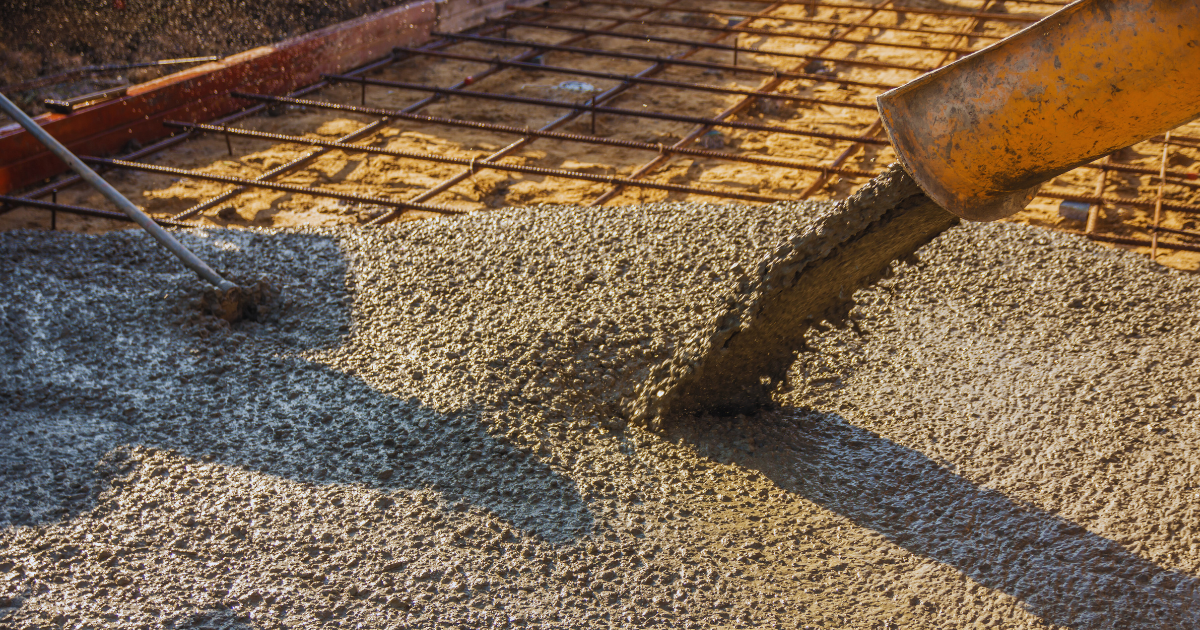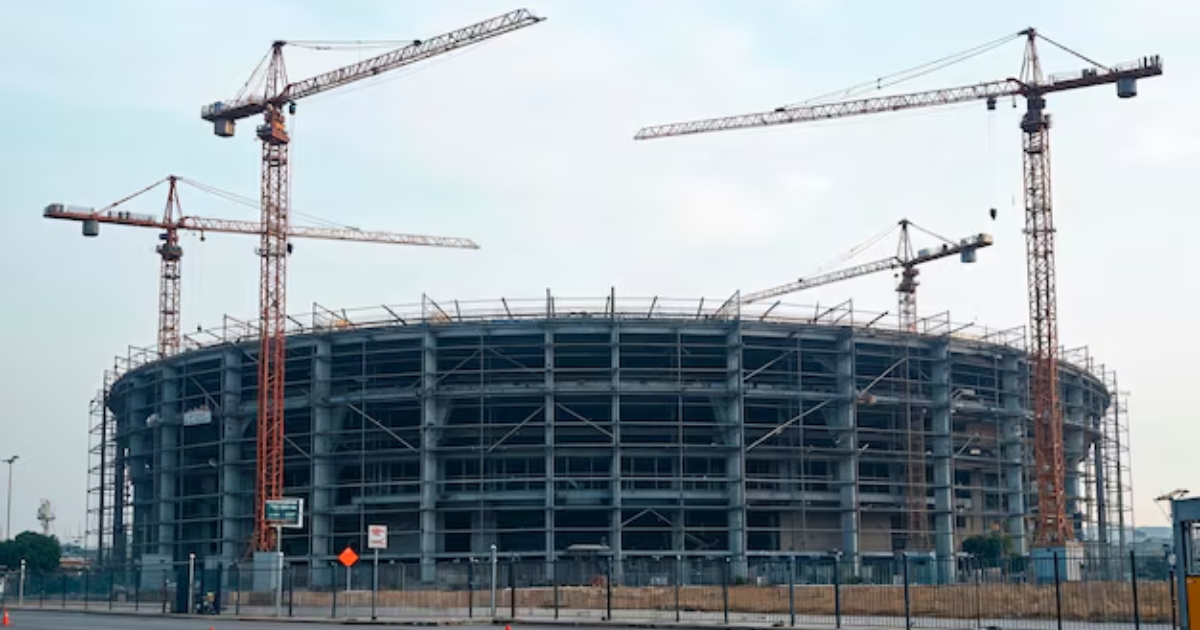The excavation of basement is a critical phase in the construction of buildings, particularly for those requiring underground spaces such as parking garages, storage areas, or additional living quarters. This process involves careful planning, precise execution, and rigorous safety measures to ensure that the basement is excavated effectively and that the structure above and around remains stable. In this comprehensive guide, we will explore the various aspects of the excavation of basement, including methods, challenges, and best practices.
What is Basement Excavation?
The excavation of basement refers to the process of digging out and preparing the underground space beneath a building’s footprint. This typically involves removing soil and other materials to create the necessary space for the basement, followed by the installation of support structures and foundations. The goal is to create a stable and functional space that can support the building above while providing the required functionality below ground.
Excavation of basement is a complex task that must be executed with precision to avoid issues such as soil collapse, groundwater infiltration, and damage to nearby structures. Proper planning and execution are crucial for ensuring a successful excavation and a safe and durable basement.
Steps in the Excavation of Basement
The excavation of basement involves several key steps, each critical to the overall success of the project. Here’s a detailed look at these steps:
- Site Preparation: Before excavation begins, the construction site must be prepared. This involves clearing the area of any vegetation, debris, or existing structures. It also includes the installation of temporary fencing or barriers to secure the site and ensure safety during excavation. Site preparation sets the stage for a smooth excavation process and helps manage potential hazards.
- Planning and Design: Accurate planning and design are essential for the excavation of a basement. This includes determining the depth and dimensions of the basement, understanding the soil conditions, and designing appropriate support systems. Engineering assessments and soil tests are conducted to ensure that the excavation will not undermine the stability of the surrounding soil or structures. Detailed plans are developed to guide the excavation process and address potential challenges.
- Excavation: Once the site is prepared and plans are in place, excavation can commence. This involves the removal of soil and other materials from the site to create the basement space. Excavation can be performed using various equipment, such as backhoes, excavators, or bulldozers, depending on the scale and depth of the excavation. For deep basements, shoring systems and retaining walls may be required to support the sides of the excavation and prevent collapse.
- Dealing with Groundwater: Managing groundwater is a critical aspect of the excavation of a basement. Groundwater can pose significant challenges, including flooding and soil instability. To address this, dewatering systems such as pumps or wells may be installed to remove excess water from the excavation site. Proper drainage and waterproofing measures are also implemented to prevent water infiltration into the basement.
- Shoring and Support Systems: During the excavation of basement, shoring and support systems are used to ensure the stability of the excavation and surrounding areas. Shoring involves the use of temporary structures, such as braces or steel supports, to reinforce the sides of the excavation and prevent collapse. Retaining walls may also be constructed to provide additional support and stability. These systems are essential for maintaining safety and preventing damage during excavation.
- Foundation and Slab Construction: After the basement space is excavated, the next step is to construct the foundation and slab. This involves pouring concrete to create the base of the basement and the floor slab. The foundation provides support for the building above, while the slab forms the base of the basement. Reinforcement, such as steel rebar, is often included to enhance the strength and durability of the concrete. Proper curing of the concrete is essential for achieving the desired strength and longevity.
- Inspection and Quality Control: Throughout the excavation process, inspections and quality control measures are implemented to ensure that the work meets design specifications and safety standards. This includes checking for proper excavation depth, verifying the stability of support systems, and inspecting the foundation and slab construction. Any issues identified during inspections are addressed promptly to ensure the success of the project.
- Final Preparations and Backfilling: Once the basement construction is complete, the final preparations involve backfilling the area around the basement. This includes filling in the space between the basement walls and the surrounding soil. Backfilling helps to stabilize the excavation site and support the structure above. Compaction is performed to ensure that the backfilled soil is evenly distributed and properly settled.
Challenges in Basement Excavation
The excavation of basement presents several challenges that must be managed effectively to ensure a successful project. Some of the common challenges include:
- Soil Conditions: The type and condition of the soil can significantly impact the excavation process. Poor soil conditions, such as loose or unstable soil, can lead to issues such as soil collapse or difficulty in excavation. Soil testing and analysis are crucial for understanding soil conditions and designing appropriate support systems.
- Groundwater Management: Managing groundwater is one of the most challenging aspects of basement excavation. Excess water can lead to flooding, soil instability, and difficulty in excavation. Effective dewatering systems and waterproofing measures are essential for managing groundwater and preventing issues.
- Safety Concerns: Safety is a top priority during basement excavation. The risk of soil collapse, equipment accidents, and exposure to hazardous materials must be carefully managed. Implementing proper safety measures, such as shoring systems and safety training for workers, helps to mitigate risks and ensure a safe excavation process.
- Nearby Structures: Excavating near existing buildings or structures requires careful planning and execution to prevent damage. Vibration and soil movement can impact nearby structures, so support systems and monitoring are necessary to protect surrounding areas.
Benefits of Basement Excavation
Despite the challenges, the excavation of basement offers several benefits that make it a valuable addition to many construction projects:
- Increased Usable Space: A basement provides additional usable space for various purposes, such as storage, parking, or living areas. This added space can enhance the functionality and value of a property, making it a worthwhile investment.
- Enhanced Property Value: Properties with basements often have higher resale values due to the additional space and potential for customization. Basement excavation can increase the overall value of a property and attract potential buyers.
- Optimized Land Use: In urban areas where land is limited, basement excavation allows for the efficient use of available space. By utilizing the underground area, property owners can maximize the use of their land and accommodate more functional space within the existing footprint.
- Protection from Weather: Basements can provide protection from severe weather conditions, such as storms or floods. Proper waterproofing and drainage systems ensure that the basement remains dry and functional, even during adverse weather conditions.
Conclusion
The excavation of basement is a complex and critical process that requires careful planning, precise execution, and rigorous safety measures. From site preparation and excavation to managing groundwater and constructing foundations, each step is essential for ensuring a successful basement excavation. Despite the challenges, the benefits of adding a basement to a property, including increased usable space, enhanced property value, and optimized land use, make it a valuable investment.
By understanding the intricacies of basement excavation and implementing best practices, property owners and construction professionals can achieve a successful excavation process and create functional and durable underground spaces.







